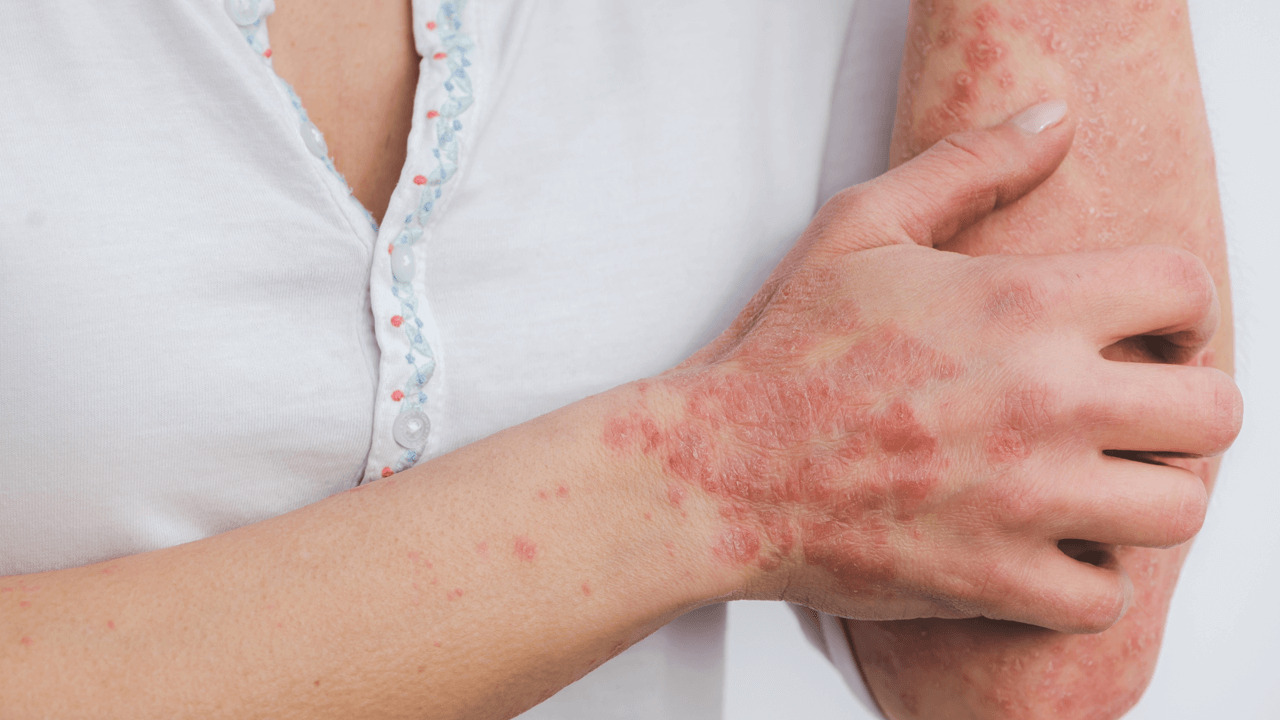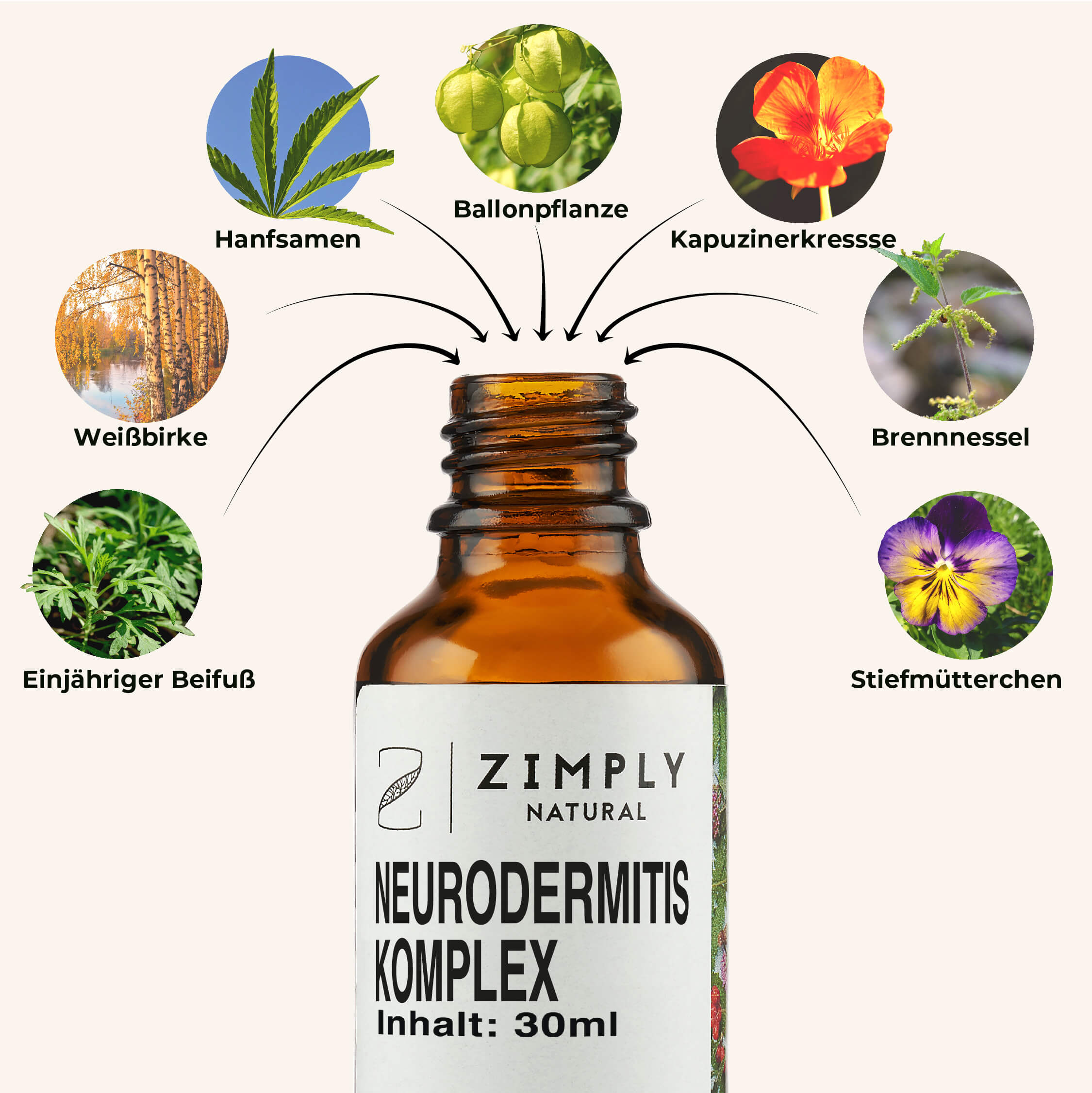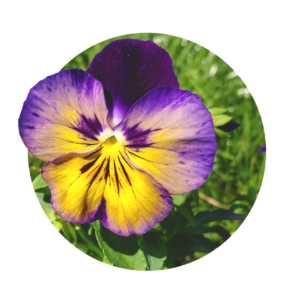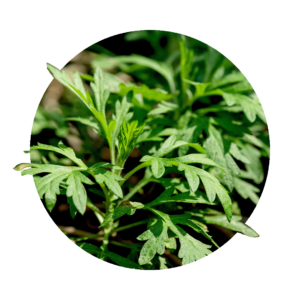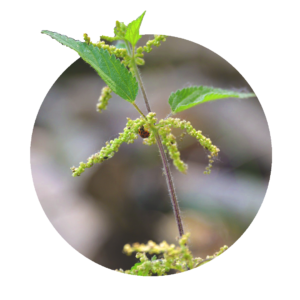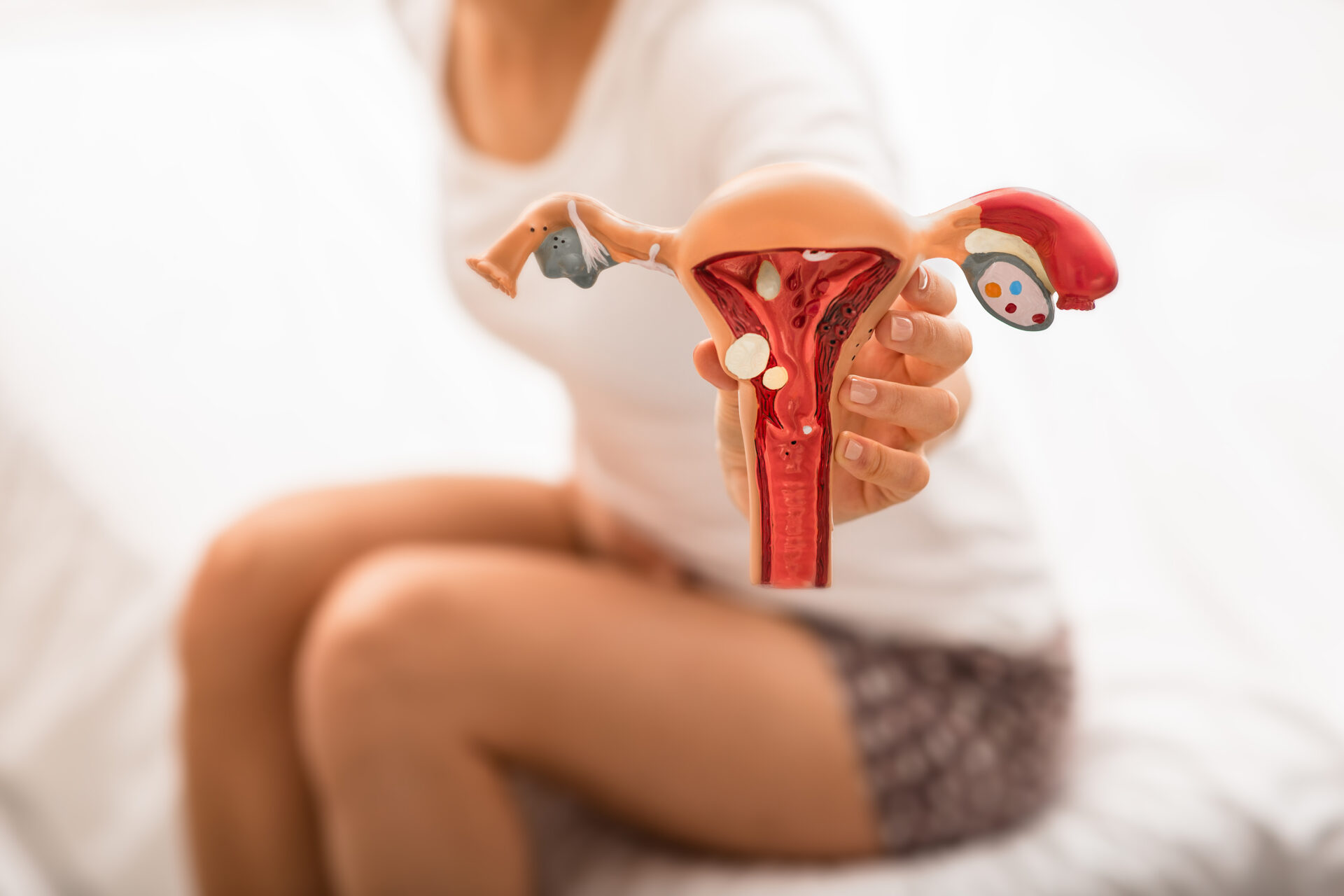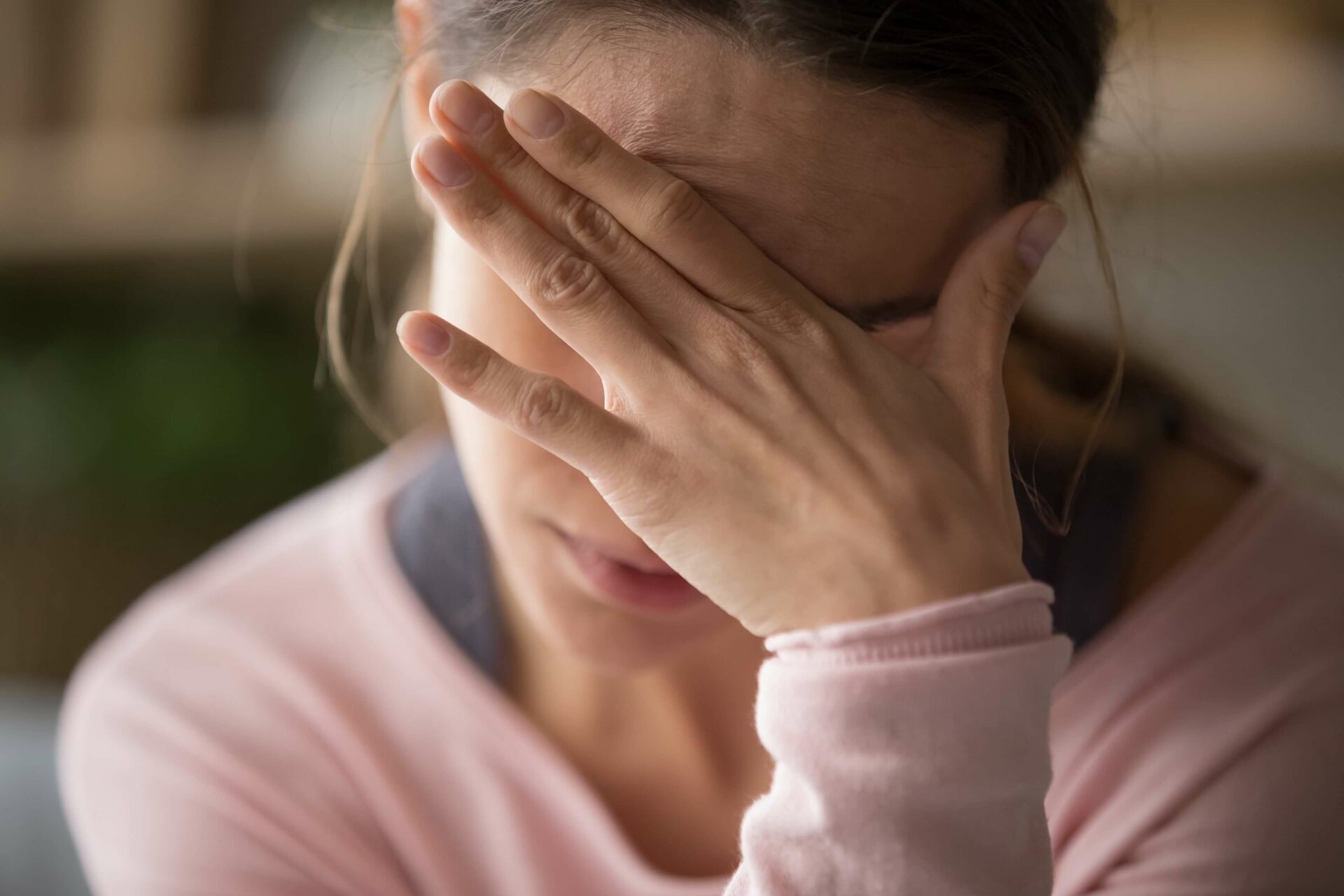In Germany, around 3.6 million people of all ages suffer from atopic dermatitis. The skin disease, also known as atopic dermatitis, can affect not only the physical but also the emotional health of those affected. Skin irritation and itching are the agonizing everyday companions of the disease. But how can the skin disease be counteracted, preferably in a natural way? And which Healingplants can alleviate the symptoms? If you want to know, you've come to the right place.
With natural methods, such as the individual spagyric mixtures from Zimply Natural, your complaints can be relieved naturally and sustainably.
Table of contents
- What is atopic dermatitis?
- Itching and redness - these are the symptoms of atopic dermatitis
- These can be causes and triggers of atopic dermatitis
- How atopic dermatitis is diagnosed
- How atopic dermatitis occurs in the age groups
- The difference between atopic dermatitis and other skin diseases
- Home remedies and tips for overcoming atopic dermatitis naturally
- These medicinal plants can help you with atopic dermatitis
- Zimply Natural: your natural booster for atopic dermatitis
- FAQ: Questions and answers about neurodermatitis
What is atopic dermatitis?
From itchy, reddened skin to dry, scaly patches - atopic dermatitis manifests itself in many ways. The disease occurs in episodes, which means that for a while you live almost without symptoms until a flare-up occurs and the typical effects become apparent. In everyday life, the disease can become not only a physical but also a psychological burden. This is because the itching and skin changes often affect your general well-being. In this blog article, you will learn more about the causes, symptoms and diagnosis. We will also introduce you to home remedies and natural tips that you may not yet be aware of and that can help to alleviate your symptoms.
that psychosomatic components also play a role in neurodermatitis?
Mental stress, Anti-Stress and emotions of a person can influence the severity of symptoms and lead to flare-ups.
Itching and redness - these are the symptoms of atopic dermatitis
Probably the best known and most agonizing symptom of atopic dermatitis is itching. This occurs with the flare-ups of the disease and is most severe when the acute phases of the disease arrive. During these days or weeks, the skin itches, which is very dry due to the disease and scratching. Small cracks can also form, which can be very painful. In some cases, blisters can also form on the rashes over time, which then burst and release fluid. The cycle from cracked skin to blisters can repeat itself several times, causing crusts to form and thickening of the skin. Skin irritations usually appear on the wrists, elbows and backs of the knees, although other parts of the body can also be affected. The general lack of moisture in your skin can also lead to flaking in other areas of your body. One consequence of the stress on your skin is, of course, the redness that accompanies the scratching and dryness.
These can be causes and triggers of atopic dermatitis
We would like to tell you exactly what causes atopic dermatitis, but these are not known. However, there are some known factors that favor the development of the disease or contribute to flare-ups. The basis for atopic dermatitis can actually be inherited, such as the tendency to dry and sensitive skin and the hypersensitivity of the skin. Immune system. Research has also shown that the skin of atopic dermatitis patients is more sensitive to germs. This is due to the fact that the skin's own bacterial diversity is disturbed and reduced, making it easier for bacteria to establish themselves. These bacteria can then trigger flare-ups or worsen existing wounds. Environmental factors that are very bad for normal skin and skin suffering from neurodermatitis are, for example Cigarette smokeAllergens, incorrect clothing and excessive skin cleansing. Of course you only want to take care of your skin, but frequent showers or washing with hot water only dehydrates it in the long run. In addition, certain ingredients in products can trigger allergic reactions.
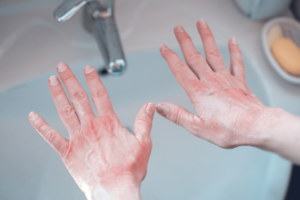
that the hardness of the water you use for bathing or showering can have an effect on your skin?
Hard water can dry out the skin and exacerbate symptoms, while softer water may be gentler.
How atopic dermatitis is diagnosed
Unfortunately, diagnosing atopic dermatitis is not as easy as you might think. There are no specific laboratory tests for this disease. First of all, your doctor or dermatologist will conduct a medical history interview with you. You will tell him/her about your symptoms, pain and the course of the disease. This will probably help to identify possible triggers. This will be followed by a physical examination, during which your skin irritations and redness will be examined. These skin rashes are an important identifying feature in the diagnosis of atopic dermatitis. Unfortunately, the exact diagnosis sometimes takes a little longer in order to observe the disease in more detail. In some cases, doctors also carry out tests to rule out other diseases, such as skin tests for allergens, skin biopsies or blood tests.

The application of your Neurodermatitis sprays is, by the way, very simple: The spray is simply sprayed into the mouth according to the dosage instructions given on the vial. In order to achieve the best possible effect and to be able to optimally counteract the causes, we recommend use over a longer period of six to eight weeks. As a kind of cure, you spray 3×3 sprays daily.
How atopic dermatitis occurs in the age groups
Neurodermatitis can affect adults - you already know that, but the disease can occur as early as infancy. Babies have redness, particularly on the cheeks and head, which then develops into yellowish scales and blisters that eventually burst. This usually occurs in the second or third month of life. At kindergarten age, skin irritations occur in typical areas such as the back of the knees, elbows and wrists. As these areas are located on parts of the body that are often bent, these symptoms are also known as flexural eczema. These rashes are very itchy, causing children to scratch at them, which can lead to repeated inflammation. In some children, the rashes heal and do not return for the rest of their lives. In others, the symptoms remain absent until puberty and reappear later in life. Atopic dermatitis can also occur in adulthood, with the rashes being concentrated on the eyelids and neck.

The difference between atopic dermatitis and other skin diseases
Contact dermatitis is a type of dermatitis in which direct contact with a substance causes inflammation of the skin. The symptoms are similar to atopic dermatitis and include itching, redness and swelling. The difference to atopic dermatitis is that the symptoms only occur on the areas that have come into contact with the substance. There are also fungal infections of the skin, which also cause skin changes. They are caused by fungi that live on or in the skin and cause scaling and redness. Another chronic skin disease is Rosacea. It mainly affects the face and causes redness on the cheeks, nose, chin and forehead. Rosacea rarely causes itching, but rather burning, nodules and stinging, which distinguishes it from neurodermatitis.
that atopic dermatitis in infants is also known as "cradle cap"?
Home remedies and tips for overcoming atopic dermatitis naturally
Of course, atopic dermatitis affects everyone a little differently and so the treatment approaches are also different for each individual. In the following, we will give you a brief overview of home remedies that can improve the course of your condition in addition to medical treatment. You should also check the following tips with your doctor first. You can counteract the dryness of your skin with moisturizing creams. It is incredibly important to make sure that they do not contain any fragrances or additives. As absurd as it sounds, oatmeal baths can have a very soothing effect on the skin. Such a bath can also help to relieve itching. To do this, simply add a cup of oatmeal to warm water and soak for around 15-20 minutes. Cool compresses can work wonders temporarily by placing them on the affected areas of skin to reduce itching. However, you must not use them for too long, as hypothermia could occur.
These medicinal plants can help you with atopic dermatitis
The best-known application of field violet is so-called seborrheic eczema, i.e. skin inflammations that are accompanied by light and red spots and greasy scales. The Pansy often used internally as a tea or externally as a dab. Viola is also often an ingredient in special ointments and creams. Its anti-inflammatory salicylic acid and antimicrobial flavonoids help to reduce inflammation in the skin so that the skin can regenerate better
Skin conditions such as atopic dermatitis are usually accompanied by severe itching. The area is scratched, breaking through the skin barrier and opening the door to secondary infections. Because Cardiospermum is anti-inflammatory and therefore relieves itching, you no longer scratch at the wound and it can close and heal. The skin barrier is restored and the risk of secondary infection is averted.
Some skin rashes occur because the body's skin is used as an excretory organ when the conventional excretory system appears to be overloaded. The fact that the Birch the amount of urine is increased and the kidneys are stimulated to filter more, the conventional excretion channels are strengthened and the skin is relieved. The rashes recede and eventually disappear completely.
The Nasturtium is anti-inflammatory. Due to its positive effect on the immune system and its anti-infectious effect, it inhibits inflammation, allows it to subside more quickly and helps the body to recover. It is also antimicrobial. It acts against fungi, bacteria and viruses, reduces their population and prevents them from multiplying further. This inhibits inflammation and the body can heal again.
Many strong painkillers used in modern pharmacology, such as opiates, cause problems with prolonged use. On the one hand, their analgesic effect decreases with prolonged use due to habitual effects, which means that the dose has to be increased. Unfortunately, the higher the dose, the higher the rate of adverse drug reactions, so that the painkiller itself increasingly becomes a problem. In addition, there is always the issue of addiction with opiates. Cannabis is a reliable alternative with significantly less addictive potential. In addition, its side effects are significantly lower than those of opiates. Especially for chronic rheumatic diseases such as fibromyalgia, hemp is worth considering.
Mugwort is antimicrobial. Its ingredients are effective against bacteria, viruses and fungi. They kill them and soothe the inflamed area. This allows the symptoms to subside and the body to recover. Mugwort is also anti-inflammatory. Its bitter substances constrict the blood vessels and allow inflammation to subside. Its effect against pathogens removes the basis of the infection and the symptoms disappear again.
Many skin blemishes occur because the body also excretes through the skin. The fact that the Nettle stimulates the metabolism and promotes detoxification via the urine, the skin is relieved and blemishes disappear again.
Zimply Natural: your natural booster for atopic dermatitis
With Zimply Natural, we are the antidote to painkillers, sleeping pills, and standard medications. We are your medicine! For our blends we use the centuries-old natural healing method of the Spagyric back. Spagyric medicine combines the herbal active ingredients and phytotherapeutic elements of HealingplantsThe mineral salt qualities, as well as the subtle information of the medicinal plants and the energetic potential of the Bach flowers.
With natural methods, such as the individual spagyric mixtures from Zimply Natural, your complaints can be relieved naturally and sustainably.
FAQ: Questions and answers about neurodermatitis
Are there different types of atopic dermatitis?
Yes, there are two different types of atopic dermatitis. The extrinsic form is more common and occurs in around 80% of cases. People suffering from this type are very sensitive to allergens due to the hypersensitivity of their immune system. In the intrinsic form, allergic reactions do not play such a major role. In this case, the antibodies in the blood are not actually elevated and yet the typical skin rashes appear.
Can atopic dermatitis also occur in children?
Yes, atopic dermatitis can also occur in children and infants. In fact, children make up the majority of atopic dermatitis sufferers in Germany. Approximately 13 percent of children and only around 3 percent of adults suffer from the skin disease. In infants, the rashes are located on the cheeks and head, while in children they are usually found on the elbows, wrists and backs of the knees. Cases of the disease are on the increase, which is probably partly due to the fact that parents are becoming more aware of the symptoms. On the other hand, care products and hygiene are becoming more important and more intensive, so that there is more irritation for the skin.
Can atopic dermatitis be cured?
No, unfortunately atopic dermatitis is not completely curable. The chronic disease lasts a lifetime if, for example, it does not heal itself in childhood. However, with the help of today's treatment methods, a largely symptom-free life is possible. Another piece of good news is that atopic dermatitis is not contagious. Unlike other skin diseases such as chickenpox or Shinglesatopic dermatitis is not transmissible via physical contact or in any other way.


